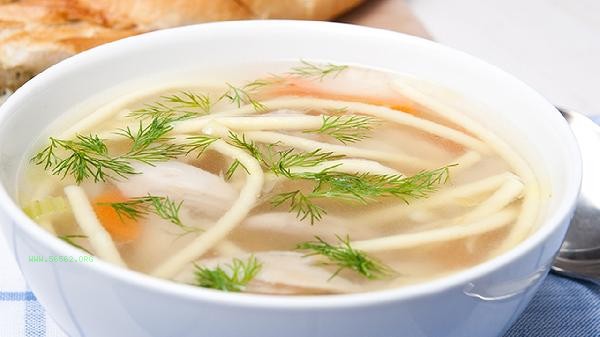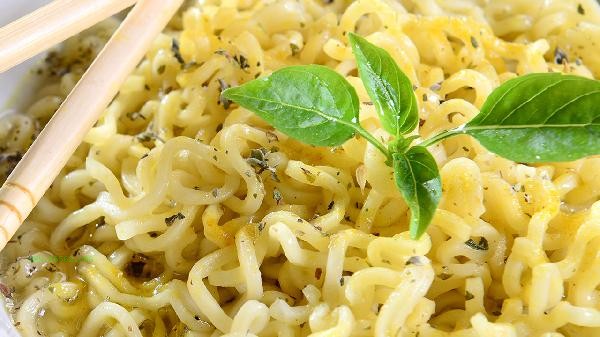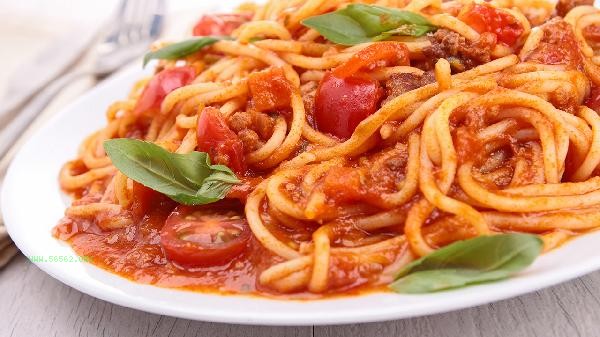The key to making delicious lunch noodles lies in the choice of noodles, the combination of side dishes, and the application of cooking techniques. A delicious bowl of noodles requires strong noodle texture, delicious soup base, abundant side dishes, and attention to heat and seasoning.

1. Noodle Selection
Choosing the right noodles is the foundation for making a bowl of noodles. Fresh handmade noodles have a better taste. If using dry noodles, it is recommended to choose varieties made with medium high gluten flour, which will have a more chewy texture when cooked. Wide noodles are suitable for matching with rich sauce, while thin noodles are more suitable for light Noodles in soup. When cooking noodles, the water should be wide and the heat should be high. Boil until 80% cooked and then remove to avoid being too soft.
2. Soup Base Making
Soup base is the soul of noodles. You can use pig bones, chicken bones, or cow bones to make broth, add ginger slices and scallions to remove fishy smell and enhance aroma. Vegetarians can use ingredients such as mushrooms and seaweed to make vegetarian broth. The quick soup base can be mixed with seasonings such as soy sauce, vinegar, sesame oil, chili oil, etc., and diluted with the noodle soup used for cooking. The taste of the soup base should be balanced, with moderate saltiness and freshness, and should not be too heavy.
3. Side dish pairing
The selection of side dishes should pay attention to the diversity of color and taste. Green leafy vegetables such as spinach and rapeseed are blanched and added to enhance the refreshing sensation; Meat such as Braised pork belly and beef slices with soy sauce are stacked; Add mushrooms such as shiitake mushrooms and enoki mushrooms after stir frying until fragrant; You can also add soft boiled eggs, soy products, etc. The amount of side dishes should not be too much to avoid overshadowing the main dish.

4. Seasoning Techniques
Seasoning should be adjusted according to personal taste. Basic seasonings include salt, soy sauce, vinegar, chili oil, etc. You can add a little sugar to enhance the freshness. Those who enjoy spicy flavors can add Sichuan pepper oil or chili powder. It is best to add seasonings in portions and adjust them while tasting to avoid being too salty or too light. Finally, sprinkle with chopped scallions, cilantro, sesame seeds, etc. to enhance the aroma.
5. Temperature Control
Temperature control directly affects the taste of noodles. When cooking noodles, boil them quickly over high heat and keep the water boiling. When stir frying side dishes, control the heat according to the characteristics of the ingredients. Quickly stir fry green leafy vegetables to maintain crispness and tenderness, and stir fry meat until the surface is slightly charred. When combining the cooked noodles with the soup base and side dishes, the temperature should be consistent to avoid the noodles becoming soft due to excessive temperature differences. Eating noodles at noon is both convenient and nutritious, and the ingredients can be adjusted according to seasonal changes. In summer, you can choose cold noodles and pair them with refreshing vegetables such as cucumber shreds and carrot shreds; In winter, it is suitable for heating Noodles in soup, adding warming ingredients such as ginger slices, mutton, etc. Noodles, as a staple food, can be paired with an appropriate amount of protein and vegetables to ensure a balanced nutrition. Pay attention to cooking with less oil and salt, and maintain a healthy diet. A bowl of noodles with perfect color, aroma, and taste can not only satisfy the appetite, but also provide sufficient energy for afternoon work and study.









Comments (0)
Leave a Comment
No comments yet
Be the first to share your thoughts!